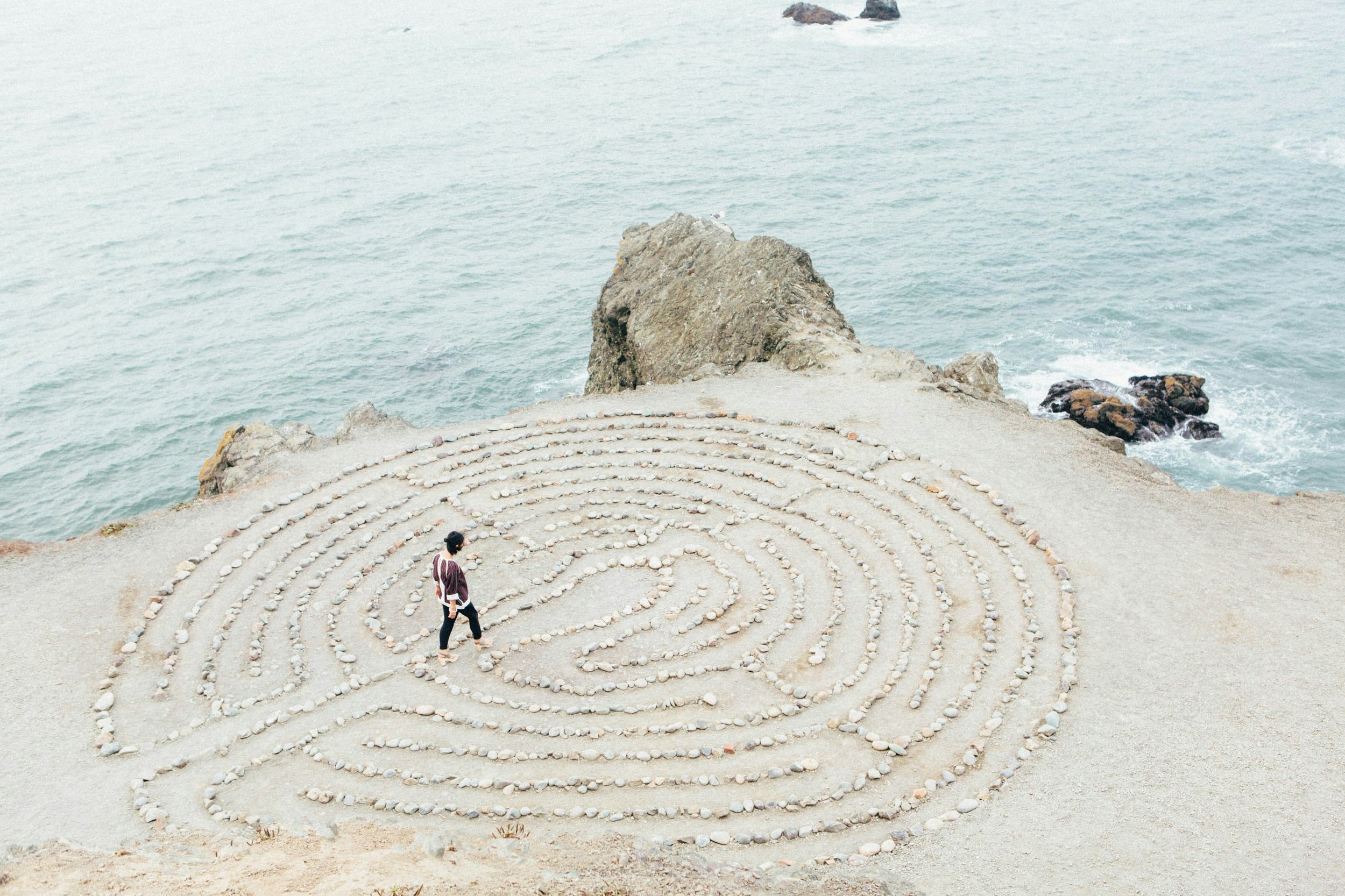
To find Health should be the object of the Doctor.
Anyone can find disease.
- AT Still, Forefather of Osteopathy (1902)
Bones or Back Pain?
Osteopathy, at its foundations, is a philosophy which considers the body as a series of parts which relate to, and interact with, each another. Though best known for the treatment of back pain - most Osteopaths are not specialists of one particular part of the body. Instead, they seek to correct issues by considering the body as a whole.
Throughout our extensive training, we develop an encyclopaedic knowledge of human anatomy. Through this: we can determine what can go wrong, and what can be done to correct it. Alongside this we receive an eduction in disease. This allows us to treat safely - and can help us flag up concerns which may require a referral for further medical examination.
What sets us apart from adjacent vocations is the use of our hands as examination, diagnostic and treatment tools. Though there is a broad church of treatment styles within the field of Osteopathy, treatment is typically a balance between cutting edge, scientifically verified techniques, and those passed down through wisdom traditions and Eastern philosophies.
We are a very strictly regulated profession, who are held to a high standard of integrity and accountability by the guidelines of the General Osteopathic Council. With consent and personal empowerment at the core of our practice, you can rest assured that you are in good hands. It is always my strong intention that you feel fully in charge of deciding what happens to your body, and can leave with a better understanding than you came in with.
A Brief History
Osteopathy was founded in the late 19th Century by Dr A.T. Still, an American civil war surgeon who grew up amongst native populations as the son of a methodist preacher. After losing 3 children to viral meningitis in the 1860s, he began looking towards alternatives to the brutally ineffective medical systems of the time.
Across years of intensive study, which involved large scale dissections, as well as inspiration from native and Eastern medical wisdom, the foundational principles of Osteopathic Manipulative Medicine were born. Where conventional medicine tends toward always adding (with chemicals and drugs) or removing (with surgery) - Dr Still determined that there may be other way. A way which worked with the body’s natural healing and regulatory abilities.
After teaching the first class in Missouri in 1892, the field of Osteopathy was born. In its infancy it dramatically brought down mortality rates during the 1918 Spanish flu epidemic (from 12-15% to just 0.2%) and, by the time of the Vietnam war, was considered on an equal standing with conventional medicine.
Today, Osteopaths in the USA first undertake a medical degree (and thus represent around 10% of the country’s physicians.) In the UK, though our medical training is less, our hands on training is often greater. A degree usually takes 4-5 years before the real learning begins in practice. Although many are now working within the NHS, the majority operate privately.
Dr A.T. Still - Forefather of Osteopathy
As many of the early techniques would involve ‘clicking’ bones ‘back into place’, Dr Still labelled himself as a "Lightning Bone Setter” and determined the field “Osteopathy”.

Principles
1) The Body is a Unit
The body is more than the sum of its parts. Pain can be often be relieved by treating locally, but for lasting change, one must look at it’s relationships.
2) Structure and Function are Reciprocally Interrelated
The body is constantly breaking down and building itself back up. How we use our bodies will often determine their shape and ability. Through changing one, we change the other.
3) The Body is Capable of Self Healing and Self Regulation
Mark Twain said “Nature heals and the Doctor Sends the Bills”. The body can be thrown out of balance, or stuck in unhealthy patterns. As Osteopaths: we attempt to refresh those conditions, allowing for nature to restore that very balance.
4) Rational Treatment is Based Upon an Understanding of the Above 3 Principles
For all the myriad of things that we do as Osteopaths, we must always refer back to our foundational principles. It is what sets us apart, and makes us Osteopaths.
5) The Rule of the Artery is Supreme
Not technically a principle, but a common catchphrase of Dr Still. He believed:“When blood and lymphatics flow freely, the tissues can perform their physiologic functions without impedance. With the occurrence of trauma (physical or emotional), the tissues contract, twist, and compress, and the fluid flow becomes obstructed.” In short, if there are places within the body where fresh resources (such as oxygenated blood) are not entering, and waste products (such as CO2) are not leaving, you will have disease.
How Osteopathy Can Help
Photo by Ashley Batz on Unsplash
Conditions that I treat include:
Arthritis & Joint Pain
Circulatory Problems & Cramps
Digestive Issues
Fibromyalgia
Frozen shoulder
Tennis elbow
Prevention of Headache & Migraine
Acute & Chronic Back Pain
Muscle Spasms
Nerve Pain
Tension and Systemic Stress
Sciatica
Mechanical Neck Pain


